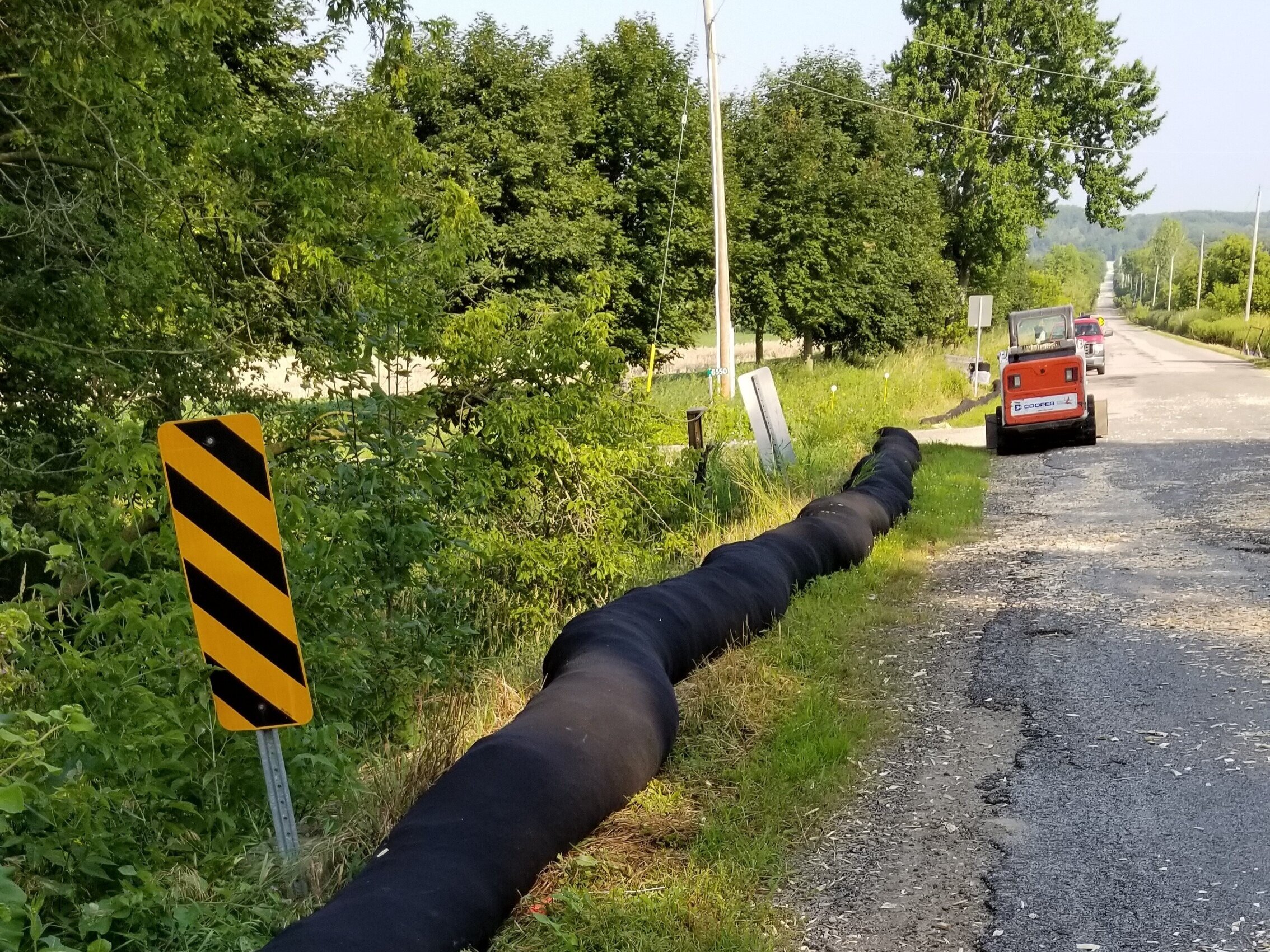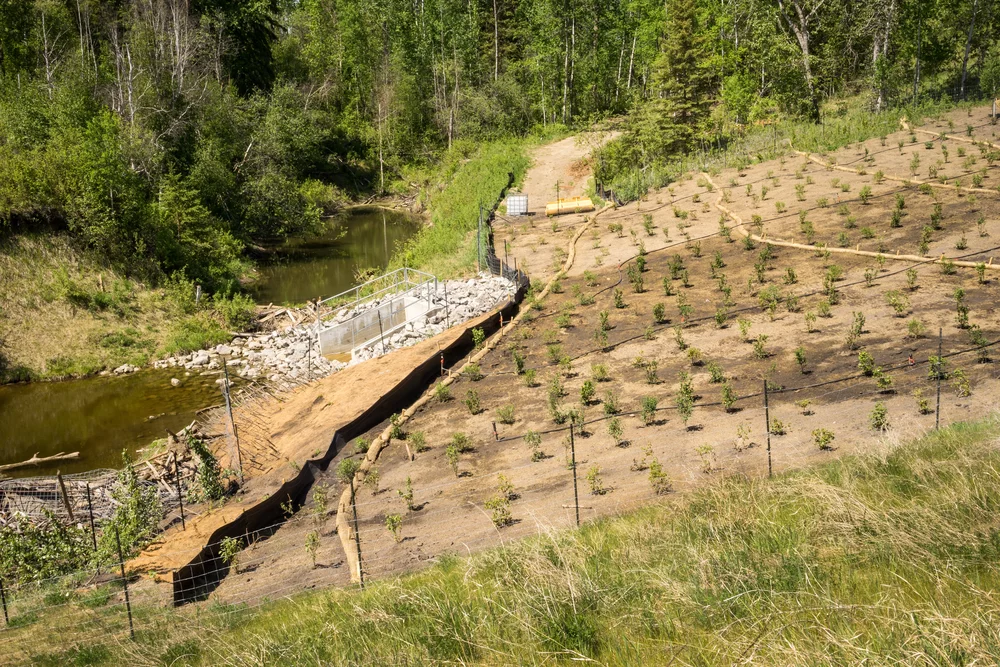Efficient Strategies by Memphis Erosion Control Solutions erosion control
Best Practices for Erosion Control in Building And Construction Projects
Are you working on a building and construction project and concerned concerning erosion control? In this short article, we will certainly direct you via the ideal techniques for stopping erosion on your website. Memphis Erosion Control Solutions trenching. Obtain ready to tackle disintegration head-on and ensure the success of your construction project.
5 Crucial Erosion Control Methods

To properly manage erosion on your building website, you'll need to implement crucial techniques such as slope stablizing and sediment control actions. Slope stablizing is important in protecting against dirt disintegration on steep slopes. An additional effective strategy is the usage of disintegration control coverings or floor coverings, which are positioned on the slope and aid maintain soil particles while enabling plants to expand.
Effective Sediment and Runoff Monitoring

You can successfully handle sediment and drainage in your construction task by implementing appropriate erosion control actions. Debris and drainage monitoring is vital to prevent erosion and shield the surrounding atmosphere. One effective measure is the installment of silt fencings along the border of the building website. These fencings assist to have sediment and prevent it from getting in close-by water bodies. One more important technique is the implementation of disintegration control coverings or floor coverings. These blankets offer a protective layer on bare dirt, decreasing the effect of rains and preventing disintegration. Additionally, making use of sediment containers or debris traps can help to record sediment and stop it from getting in stormwater systems. Routine maintenance of these measures is important to ensure their efficiency throughout the construction job. This includes examining and cleaning sediment containers and on a regular basis replacing silt fences and disintegration control blankets as needed. By implementing these erosion control measures, you can effectively handle sediment and runoff in your construction task, minimizing the influence on the atmosphere and adhering to governing demands.
Key Factors To Consider for Slope Stabilization
When considering slope stablizing, it is essential to examine the surface and recognize potential areas of instability. You require to carefully take a look at the incline's characteristics, such as its composition, drain, and angle patterns. Search for indicators of erosion, such best garden design as exposed roots, splits, or down soil. These signs can offer you an idea of where stabilization procedures might be required.
Another alternative is to grow vegetation on the incline, as the origins can help secure the soil and control erosion. In addition, setting up erosion control coverings or mats can provide prompt security while vegetation comes to be well established.
It's important to on a regular basis keep an eye on the stabilized inclines to ensure their effectiveness. Maintain an eye out for any type of indicators of motion or disintegration, and take immediate activity if required. Routine maintenance, such as evaluating and repairing any kind of damaged actions, is also important to make sure long-term stability.
Ideal Practices for Greenery and Dirt Protection
One efficient way to safeguard This Site vegetation and dirt on slopes is by frequently inspecting for signs of disintegration and taking immediate action if needed. Start by evaluating the incline for any type of try this signs of erosion, such as revealed roots, bare soil patches, or debris accumulation at the bottom. Implement erosion control steps such as mounting disintegration control blankets, mulching, or even building maintaining walls if required.
Implementing Appropriate Water Drainage Solutions
When it comes to taking care of water flow and stopping disintegration, recognizing these variables is important. Steeper slopes can lead to faster water flow, enhancing the risk of erosion and flooding. On the various other hand, gentler inclines permit water to stream a lot more gradually, minimizing erosion capacity.
Sandy soils have a tendency to drain faster due to their coarse structure, while clay soils have a slower water drainage rate due to their portable nature. Additionally, taking into consideration the soil features assists prevent waterlogging, which can lead to bad plant development and damage to frameworks.
Conclusion
To conclude, when it pertains to disintegration control in building tasks, you should adhere to these best methods. Implement efficient debris and runoff monitoring techniques to avoid pollution. Think about incline stabilization techniques to ensure the security of the website. Secure plant life and soil by making use of proper measures. Establish correct drain systems to take care of water flow (Memphis Erosion Control Solutions trenching). By complying with these essential practices, you can efficiently manage disintegration and ensure the success of your construction job.
To effectively regulate disintegration on your building site, you'll need to implement essential techniques such as incline stablizing and sediment control steps. Slope stablizing is vital in stopping soil erosion on high inclines. Another reliable strategy is the use of erosion control coverings or mats, which are placed on the incline and aid maintain soil fragments while enabling greenery to expand. An additional option is to grow greenery on the slope, as the origins can assist anchor the dirt and control erosion. Implement disintegration control steps such as installing disintegration control blankets, mulching, or also building retaining wall surfaces if needed.